Izumi
Kato
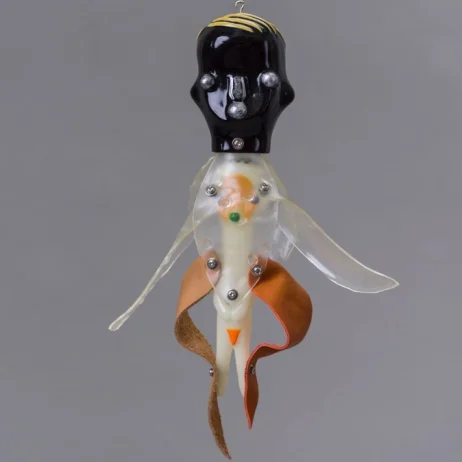
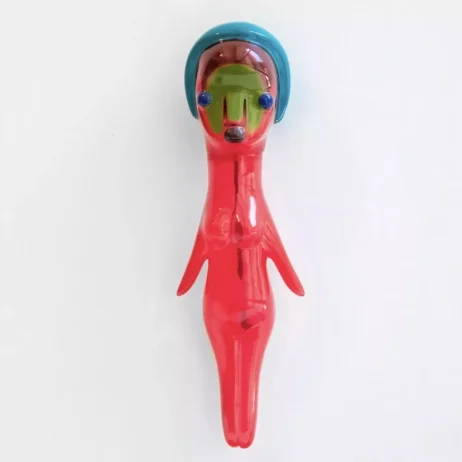


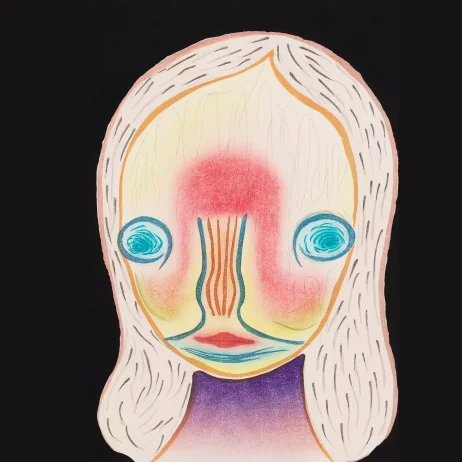

“I love beautiful things, and I want to
indLooking at Izumi Kato’s works is a rather captivating experience. Much like the zany creatures he creates, Kato’s paintings and sculptures are a bold statement in their use of color and scale, resulting in an uncanny ability to blur reality and fiction.
Hiroji began his career assisting Magnum
indKato’s oeuvre ranges from canvases, sculptures to large-scale installations. Kato adopts a rather unique method, and paints not with brushes, but with his hands, gradually building the colors on his canvas with the use of dots and lines. Such a technique seems to lend a certain primitivity in his art that draws similarity to cave drawings, or echoes the methodology adopted by Gutai artists.
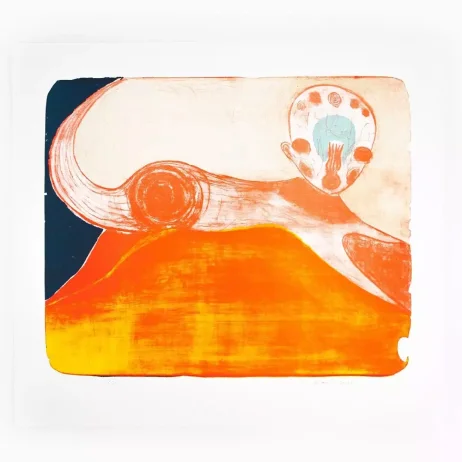

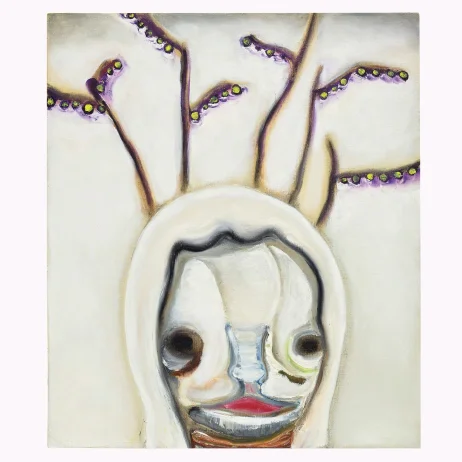
After leaving his native Japan to move
indChildren with disturbing faces, embryos with fully developed limbs, ancestor spirits locked up in bodies with imprecise forms—the creatures summoned by Izumi Kato are as fascinating as they are enigmatic. Their anonymous silhouettes and strange faces, largely absent of features, emphasize simple forms and strong colors; their elementary representation, an oval head with two big, fathomless eyes, depicts no more than a crudely figured nose and mouth. Bringing to mind primitive arts, their expressions evoke totems and the animist belief that a spiritual force runs through living and mineral worlds alike. Embodying a primal, universal form of humanity founded less on reason than on intuition, these magical beings invite viewers to recognize themselves.
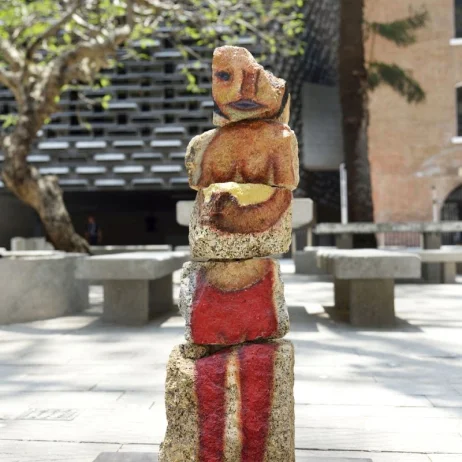
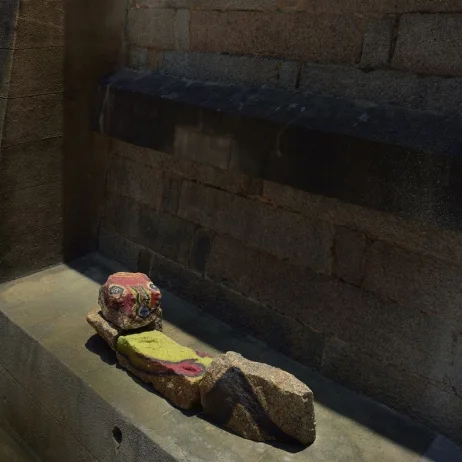

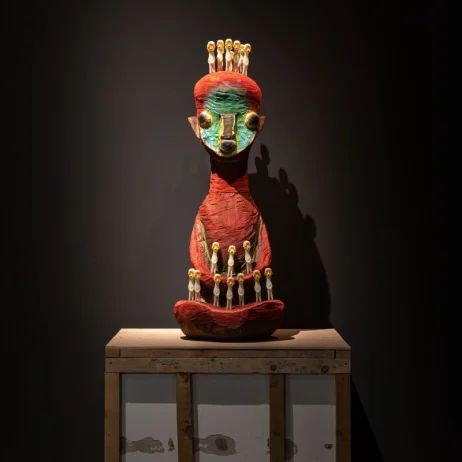

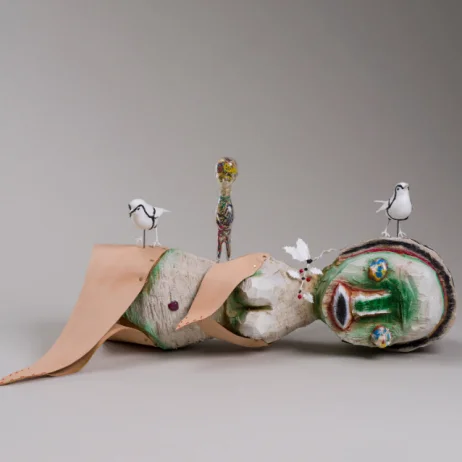



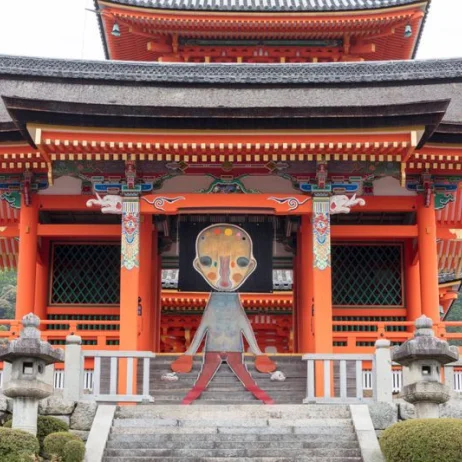

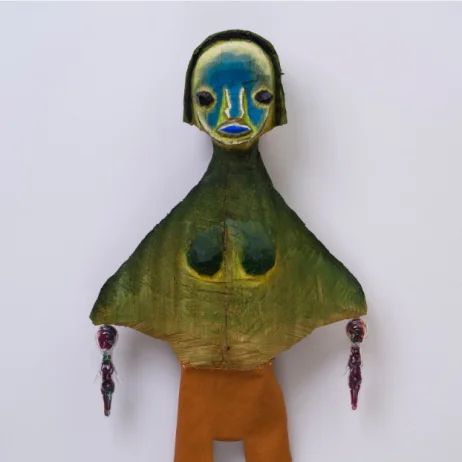

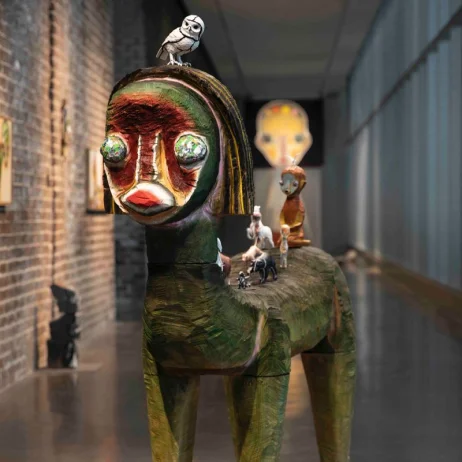



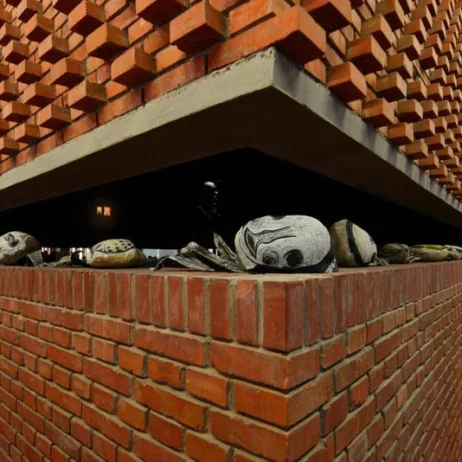
“I love beautiful things, and I want to
indAn artist who began with the abstract, he now depicts nothing but human figures. All his recent works are untitled, and he does not set up any specific model to paint; nor does he draft or sketch. These paintings have no narrative element. They are dialogues, creations arising from a direct, barely suppressible physical urge to touch. The figures sealed within the frame of the canvas seem to radiate an enigmatic aura, their undifferentiated bodies encased in thin membranes reminiscent of a budding life form in the embrace of its mother’s amniotic fluid.
Hiroji began his career assisting Magnum
indThrough the classical techniques of painting and sculpture, Izumi Kato reflects physicality, practicing an unrefined yet direct, shareable, real artistic expression in a contemporary world where virtual elements proliferate.
close
Izumi Kato
Galerie Perrotin, New York
2016
close
Izumi Kato
Japanese artist Izumi Kato introduces his exhibition at Perrotin Paris
The Japanese artist presents here a diversity of forms and techniques that testify to the complexification of the supernatural pantheon.
2020






